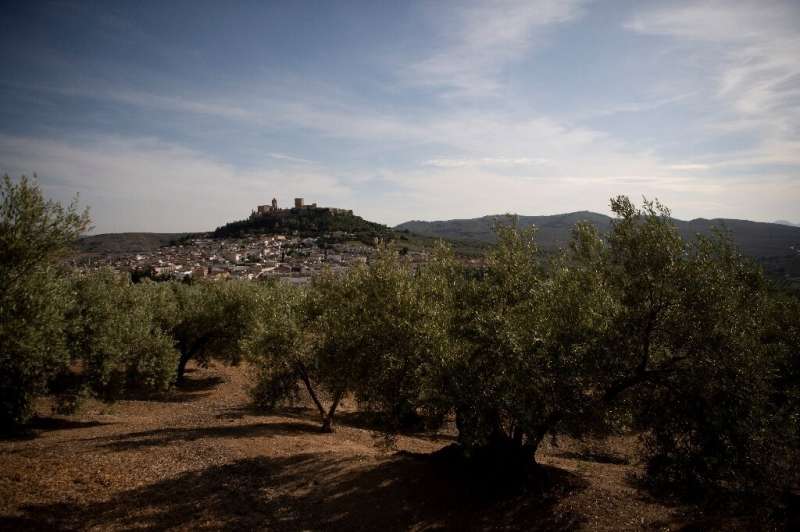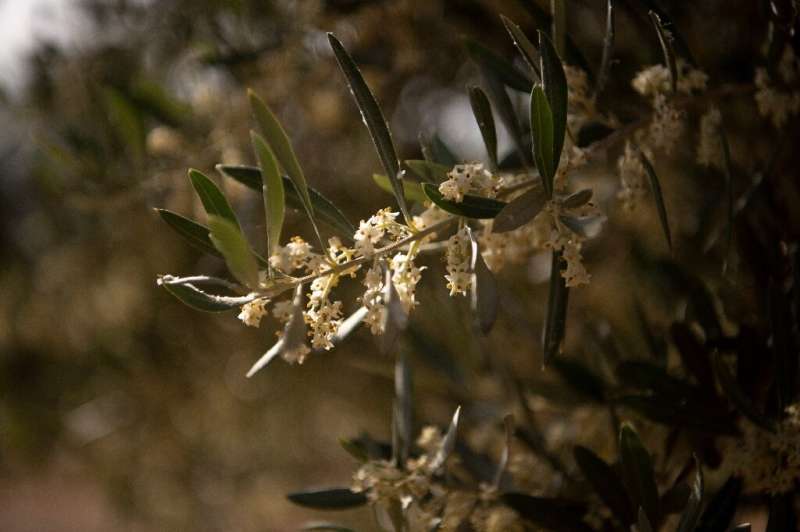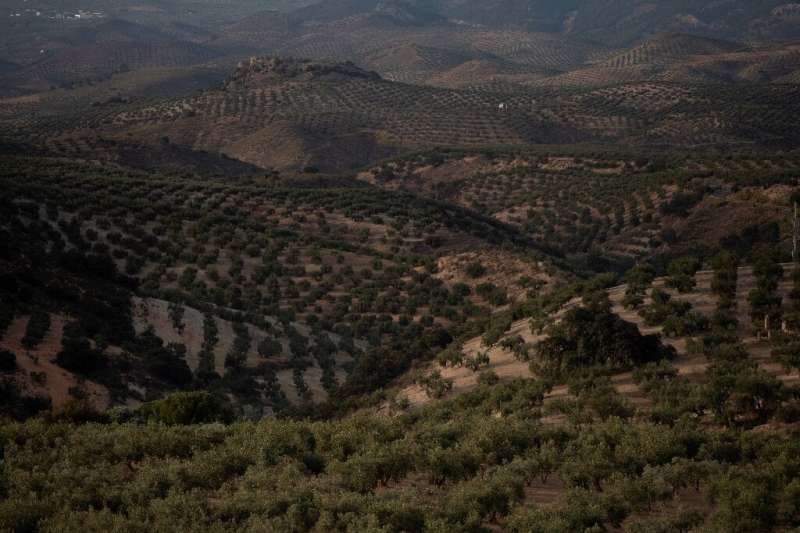By RAHIM FAIEZ

FILE - The symbol of the United Nations is displayed outside the Secretariat Building, Feb. 28, 2022, at United Nations Headquarters. (AP Photo/John Minchillo, File)
ISLAMABAD (AP) — Some Afghan women employed by the United Nations have been detained, harassed and had restrictions placed on their movements since being banned by the Taliban from working for the world body, the U.N. said Tuesday.
Afghanistan’s Taliban rulers informed the United Nations early last month that Afghan women employed with the U.N. mission could no longer report for work.
“This is the most recent in a series of discriminatory – and unlawful – measures implemented by the de facto authorities with the goal of severely restricting women and girls’ participation in most areas of public and daily life in Afghanistan,” the U.N. said in a report on the human rights situation in the south Asian country.
Taliban authorities continued to crack down on dissenting voices this year, in particular those who speak out on issues related to the rights of women and girls, the report said.
The U.N. report cited the March arrest of four women who were released the following day during a protest demanding access to education and work in the capital of Kabul and the arrest of Matiullah Wesa, head of PenPath, a civil society organization campaigning for the reopening of girls’ schools.
It also pointed to the arrest of a women’s rights activist Parisa Mobariz and her brother in February in the northern Takhar province.
Several other civil society activists have been released — reportedly without being charged — following extended periods of arbitrary detention by the Taliban Intelligence service, the report said.
The measures will have disastrous effects on Afghanistan’s prospects for prosperity, stability and peace, the United Nations Assistance Mission in Afghanistan, UNAMA said in the report.
“UNAMA is concerned by increasing restrictions on civic space across Afghanistan,” said Fiona Frazer, the agency’s human rights chief.
The Taliban previously banned girls from going to school beyond the sixth grade and blocked women from most public life and work. In December, they banned Afghan women from working at local and non-governmental organizations — a measure that at the time did not extend to U.N. offices.
The report also pointed to ongoing extrajudicial killings of individuals affiliated with the former government. On March 5 in southern Kandahar, Taliban forces arrested a former police officer from his home, then shot and killed him, according to the report. During the same month in northern Balkh, a former military official was killed by unknown armed men in his house, it said.
“Arbitrary arrests and detention of former government officials and Afghanistan National Security and Defense Force members also occurred throughout February, March and April,” added the report.
In a separate report released Monday, the U.N. strongly criticized the Taliban for carrying out public executions, lashings and stonings since seizing power in Afghanistan, and called on the country’s rulers to halt such practices.
In the past six months alone, 274 men, 58 women and two boys were publicly flogged in Afghanistan, said the report.
The Taliban foreign ministry said in response that Afghanistan’s laws are determined in accordance with Islamic rules and guidelines, and that an overwhelming majority of Afghans follow those rules.
The Taliban began carrying out such punishments shortly after coming to power almost two years ago, despite initial promises of a more moderate rule than during their previous stint in power in the 1990s.
Under the first Taliban regime from 1996 to 2001, public corporal punishment and executions were carried out by officials against individuals convicted of crimes, often in large venues such as sports stadiums and at urban intersections.

Taliban and their supporters held a demonstration in support of the first anniversary of the Taliban rule in Kandahar, Afghanistan on August 15, 2022. The United Nations said Monday that the Taliban government has been implementing corporal punishment since its takeover.
May 8 (UPI) -- The United Nations on Monday called out the Taliban for their widespread use of corporal punishment, including public lashings and amputations, and execution in violation of international rights.
The United Nations Assistance Mission in Afghanistan said since the Taliban seized control of the country in August 2021, their authorities have implemented corporal punishment and the death penalty.
The United Nations said the first documented use of corporal punishment since the takeover came on Oct. 20, 2021, in the Kapisa province when a man and woman received 100 lashes each by a de facto district court in front of religious scholars.
"Since this first instance in October 2021, the de facto authorities have continued to implement corporal punishment -- both following judicial decisions and on an ad hoc basis," the report said.
The U.N. said the use of corporal punishment "increased significantly" on Nov. 13, 2022, after Zabihullah Mujahid, a spokesperson for the de facto authorities tweeted the Taliban Supreme leader had met with judges to emphasize their obligation to carry out such punishments.
Lashings had been used mostly for "so-called moral crimes," including for sex outside of marriage and for girls and women "running away" from their homes, often to escape domestic violence, the report said.
Lesbian, gay, bisexual and transgender people were all "at high risk" under the Taliban for public lashings.
"So long as the Taliban shows disdain for international human rights law, these barbaric practices are likely to continue," Patricia Gossman, associate Asia director for Human Rights Watch, said in a statement.
"Governments engaging with the Taliban, including U.N. Security Council members, should press for an end to these abuses and make clear that international sanctions will remain in place and could be expanded if they continue."


















